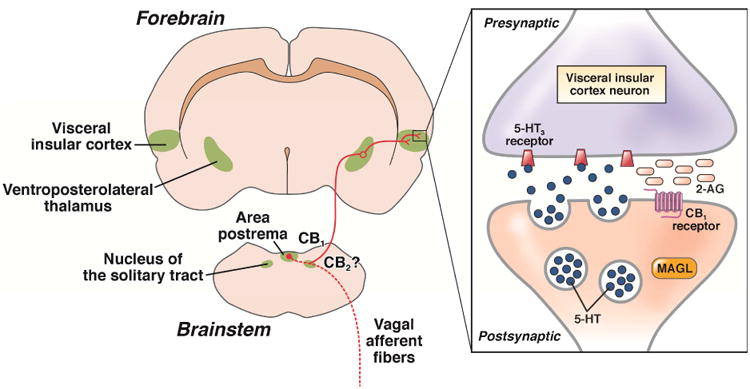Figure 5. Role of endocannabinoids in control of nausea and vomiting.

In the brainstem regions involved in the control of vomiting (area postrema and nucleus of the solitary tract), activation of CB1 and possibly CB2 attenuates the emetic reflex by reducing the release of excitatory transmitters. In the forebrain, release of 2-AG in the visceral insular cortex inhibits, in a retrograde manner, release of neurotransmitters including serotonin (5-HT), which acts at 5-HT3 receptors to produce nausea. Note that to date this model has been studied in the rat and that in humans the CB1 agonist Δ9-tetrahydrocannabinol reduces nausea. 5-HT3 receptor antagonists are excellent antiemetics but are less effective at reducing nausea. Adapted from Sticht et al.120
